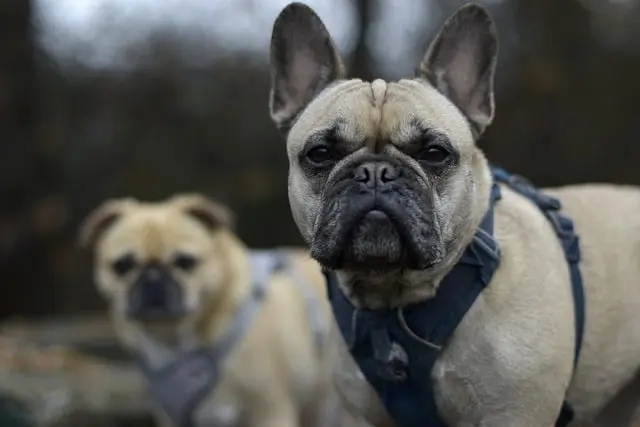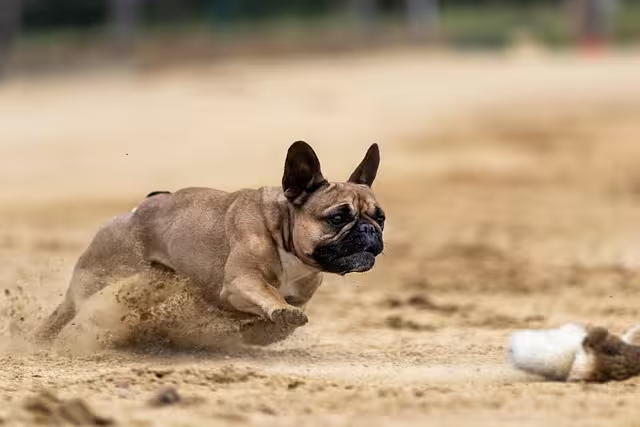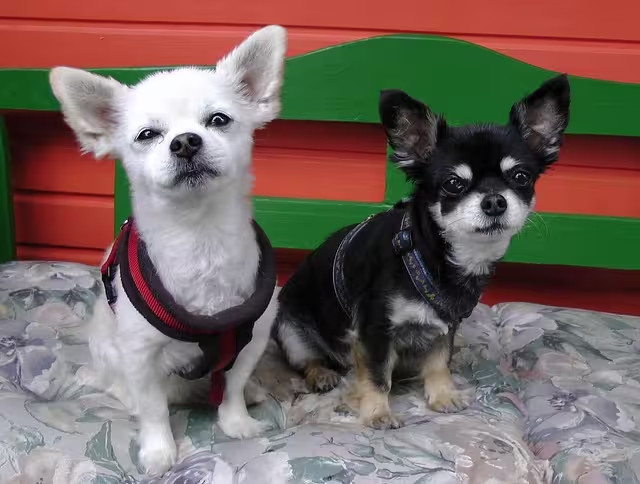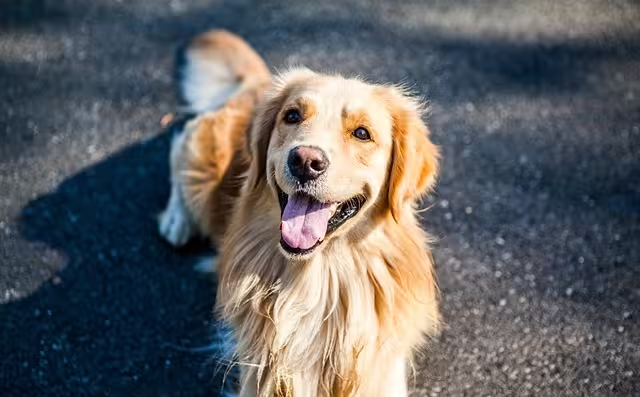Small dogs are undeniably adorable, with their tiny paws, expressive eyes, and larger-than-life personalities. They make great companions, fitting perfectly into apartments, small homes, and even busy lifestyles. But owning a small dog comes with its own share of challenges. From their fragile frames to sometimes feisty attitudes, small dogs command special care and attention. In this post, we will look into some of the most common hiccups dog owners face due to owning a small dog breeds and help you through with practical solutions and tips on how you can live with your pint-sized puppy.
1. Fragility and Injury Risks
One of the major problems of having a small dog breeds is their fragility. Owning a small dog can be quite troublesome as, owing to their tiny size and fine bones, any injury sustained may be serious. A mere leap from the couch or a misplaced step may result in sprains, fractures, or other types of injuries.
Tips to Prevent Injuries:
- Monitor Playtime: Always monitor your small dog when at play, especially with larger dogs or children who may not be aware of how fragile they are.
- Use Pet Gates: Block off stairs or high furniture to prevent falls.
- Invest in a Ramp or Steps: Help your small dog get onto furniture or beds without having to jump.
- Handle with Care: Always support your dog’s body when picking them up and avoid rough play.

2. Excessive Barking
Small dogs are sometimes referred to as big dogs with large voices. Chihuahuas, Pomeranians, and Yorkshire Terriers can be considered some of the most vocal, with their barking at everything from ringing doorbells to cars passing by outside of their window. While barking is a natural behavior, it certainly can become a real nuisance.
Tips for Managing Barking:
- Understand Triggers: Know what sets your dog breeds off and try to eliminate the root of the cause. If they bark at strangers, socialize them.
- Training: Train your dog breeds on the “quiet” command through positive reinforcement. Reward him when he stops barking at the cue.
- Mental Stimulation: Dogs get bored to a point whereby they bark unnecessarily. Engage your dog breeds with toys, puzzles, and other interactive games.
- Create a Quiet Environment: Play white noise machines or calming music to mask the outside sounds that might be causing him to bark.
3. Separation Anxiety
Small dogs tend to cling to their owners and are troubled when left behind. They might exhibit separation anxiety by being destructive, barking incessantly, or even inflicting self-injury.
Tips to Overcome Separation Anxiety:
- Gradual Training: Leave your dog breeds alone for a small duration and then gradually prolong the time.
- Create a Safe Space: Using either a crate or another preferred area of his, make him comfortable with his favorite toys and blankets inside.
- Provide Distractions: Leave interactive toys or treat-dispensing puzzles to keep them occupied while you’re away.
- Consider a Dog Sitter: If your dog struggles with being alone, hire a dog sitter or enroll them in doggy daycare.
4. Potty Training Challenges
Small dogs can be more difficult to potty train than larger breeds. Their small bladders mean they need to go outside more frequently, and accidents can happen if you’re not consistent.
Potty Training Tips:
- Establish a Routine: Take your dog outside at the same times each day, usually after meals, naps, and playing.
- Use Positive Reinforcement: Give your dog a treat or praise him if he goes potty outside.
- Patience: Potty training will take a little time, and this is especially with small breeds. Be consistent and do not punish your puppy for accidents.
Indoor Alternatives: For apartment dwellers and those that don’t have easy access to the outdoors, pee pads and litter boxes are designed for small dogs.
5. Health Problems
Small breeds are predisposed to specific health issues: dental problems, hypoglycemia (a condition wherein your dog’s level of blood sugar becomes very low), and patellar luxation (dislocated knee). Its tiny size can also make them more sensitive to cold and dehydration.
Tips for Keeping Your Small Dog Healthy:
- Veterinary Care: Schedule annual wellness exams, and stay up to date with vaccinations and preventatives.
- Dental Care: Brush your dog’s teeth regularly and offer dental chews or toys that assist in the reduction of tartar.
- Dietary Monitoring: Small dogs have a high metabolism, making them prone to hypoglycemia. Feed them small meals frequently, with no sugary snacks.
- Protect from the Elements: In cold weather, use a dog sweater or jacket to keep your small dog breeds warm. In hot weather, make sure they have shade and access to fresh water.
6. Socialization with Larger Dogs
Small dogs may feel intimidated by large dogs, which can sometimes evolve into fear-based aggression or anxiety. Proper socialization is very vital for your small dog breeds to get comfortable with other animals.
Socialization Tips:
- Start Early: Socialization of your little dog breeds with other dogs and animals should start in puppyhood.
- Supervise Interaction: Always supervise their playtime with big dogs to ensure that things remain safe.
- Use Positive Reinforcement: Reward your dog whenever he shows calm and friendly behavior towards other animals.
- Respect Their Limits: If your little dog breeds seems uncomfortable, don’t force him into interacting. Give them space and time to adjust.

7. Overprotectiveness and Spoiling
Spoiling comes easy to such small dog breeds. However, being overprotective invites other undesirable behavioral issues: possessiveness, aggression, separation anxiety. There is the carrying of small dog breedseverywhere, a lot of unwanted treats, allowance for things they do, even when larger breeds would never dream of it.
Tips to Avoid Spoiling:
- Establish Boundaries: Rules must be made and adhered to. For example, if your dog isn’t allowed to bark incessantly or jump on the furniture, then don’t let them do it.
- Limit Treats: Reward treats for training and for rewarding but not overfeeding.
- Let Them Be Independent: Allow them to be by themselves and to entertain themselves rather than taking them everywhere.
- Establish Structure: A regular schedule will keep your dog safe and disciplined.
8. Traveling with Small dog breeds
While small dogs are more convenient to travel with compared to their larger brethren, they, too, can be quite difficult, particularly when nervous or inclined to car sickness.
Stress-Free Tips to Travel
- Secure carrier: your comfort and safety in drives/cars/flights calls for an investment in a comfortable and well-ventilated carrier.
- Practice Short Trips: acclimatize your dog to travel slowly but surely by taking him on short drives/outings.
- Pack Essentials: Pack your dog’s food, water, toys, and medication, if any.
- Be Calm: Your dog will take cues from you, so be as relaxed and comforting as possible during travel.
9. Finding the Right Gear
Smaller dogs call for specialized gear, from harnesses to collars, beds, and toys. These can often be challenging to find, especially if your dog is tiny or has very particular needs.
Gear Choosing Tips:
- Correct Fitting: Collars, harnesses, and clothes should be comfortable and fit snugly.
- Durability: The best products will withstand the energy and playfulness of your dog.
- Safety: Toys that contain small parts should be avoided since they are easily swallowed and may cause a choking hazard.
- Comfort: Soft and plush beds and blankets are important in making your tiny dog comfortable.
Conclusion
The experience of owning a tiny dog can indeed be rewarding, but it comes with its challenges. Knowing such challenges and trying to nip them in the bud will let your small dog live a happy, healthy, and full life. Remember, every dog is different, so be patient and try to adapt to the wonders and complications of life with your little buddy. Your small dog will thrive and bring joy into your home with just that little more love, care, and attention.






